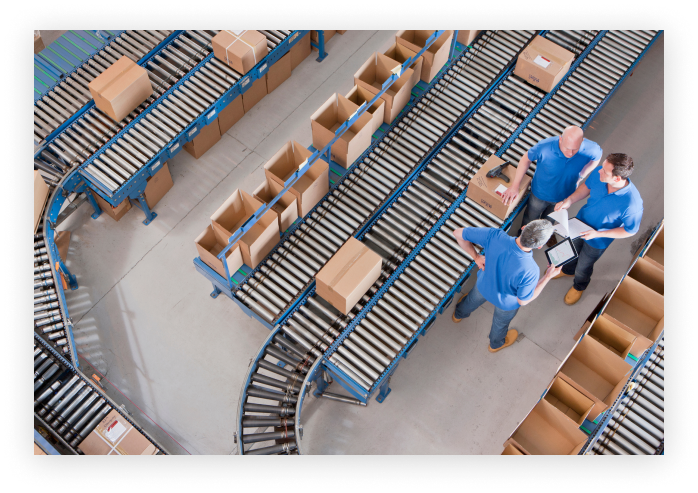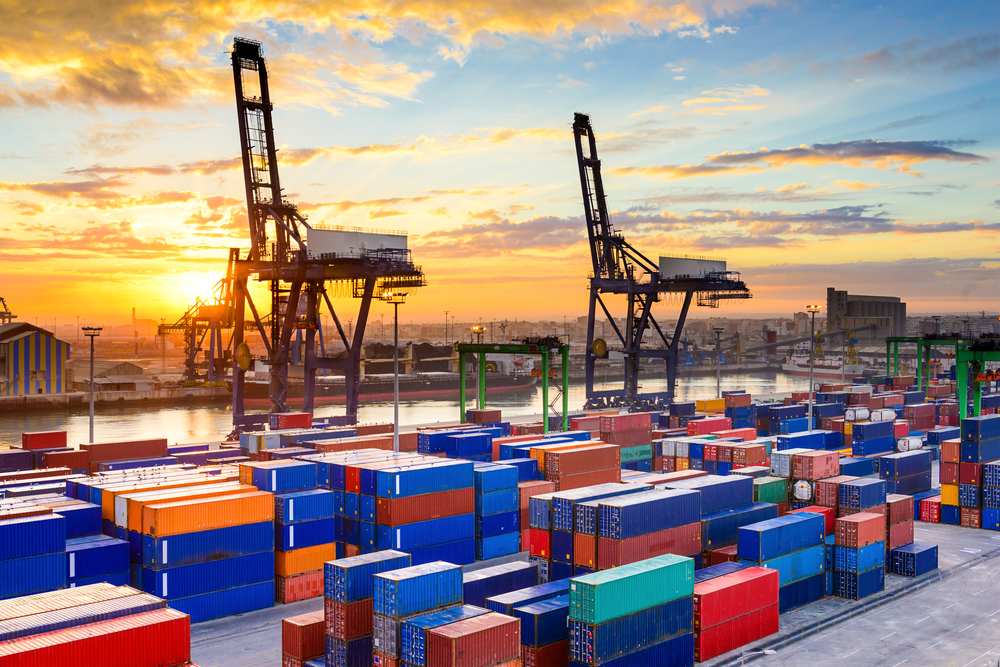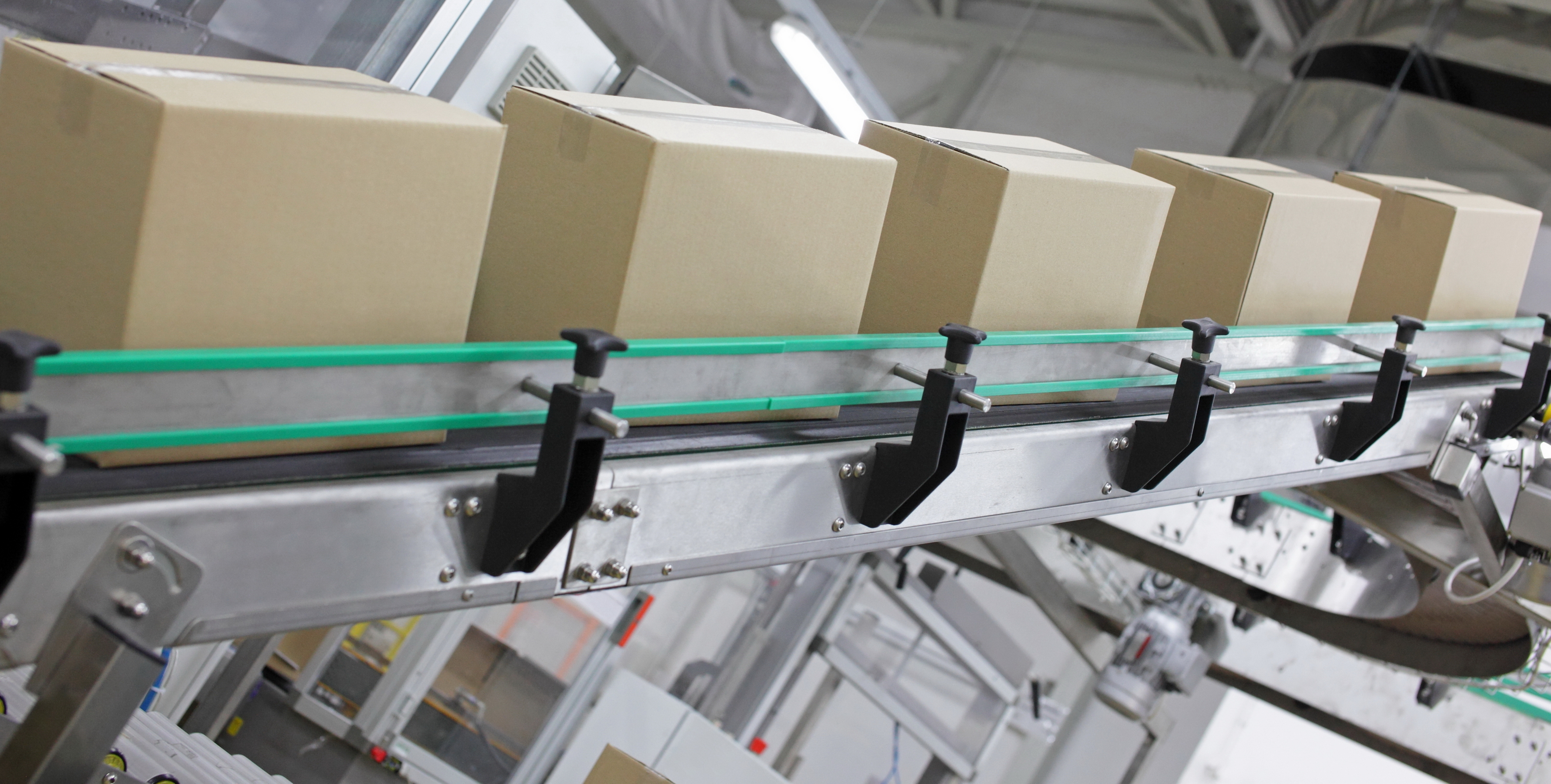The goal, then, is to design packaging to fit the products inside as efficiently as possible. The better and more efficiently you pack your products by optimizing space and reducing air in each package, the more packages you can stack into a container.
For ocean freight, which is the most common transport mode for brands manufacturing in Asia, dimensions can be reduced by removing additional space at the top of master outer cartons (MOCs) and strategically thinning carton walls without sacrificing strength.
It’s not rocket science, but it means a holistic view of your supply chain to ensure packaging is coordinated and uniform at each step along the way from manufacturing facilities to distribution centers and retailers in Europe and North America.
Are you shipping air?
Is the primary packaging “made-to-fit” the product inside? Can you measure empty space between the top of the product and the top of the master outer carton? Do you use void fill materials to protect products from shifting inside secondary or tertiary packaging?
Shipping strategies have changed a lot over the past few decades, due to market forces such as volatile oil prices, demand for freight services, and supply imbalances. Today, brands should consider “shipability” when designing packaging. That means designs that reduce weight and increase shipment density.
Right-sizing and right-weighting both product and packaging designs can reduce material spend and shipping costs. In a case study from UPS, packaging engineers redesigned a customer’s transportation packaging for optimal cube and space utilization inside trailers and containers 5. In addition to eliminating oversize charges, the new packaging design allowed more packages inside inbound containers (reducing overall annual shipping expenses) and required less warehouse space.
However, it's important to design packaging during product development. For example, Trillora worked with a brand that wanted fit more units of product into a shipping container. The client's calculations had not accounted for how packaging would affect container density. If the client had realized this and reduced its product dimensions by a mere 3 millimeters before it was too late, the company could have increased density by 25%, leading to significant savings in shipping costs.

Ship less air, save more money
Made-to-fit packaging can have a significant impact on your bottom line, in freight savings and in other parts of the organization. Some of the savings opportunities presented by better packaging include:
- Reduce packaging spend: Right-sized packaging reduces (or eliminates) the need for costly void fill materials, which can lower your packaging spend overall. And depending on how much dead space exists in your current packaging, re-designing to eliminate air may also result in needing fewer boxes (or less packaging material) to ship the same number of products overseas.
- Reduce transportation costs: One of the key benefits of right-sizing is improved volumetric efficiency inside trailers or shipping containers. In other words, by eliminating dead space you can effectively ship more products without incurring additional transportation costs. In some cases, optimized packaging may even reduce the number of shipping containers overall.
- Reduce product damage: Eliminating dead space means products are snug and secure. This means that throughout the supply chain, your product has the best possible protection against hazards such as stacking, rough handling and vibrations. A packaging engineer can help you calculate the ROI of right-sized packaging by analyzing your current product damage rate and comparing the potential savings against the cost of a redesigned packaging solution.
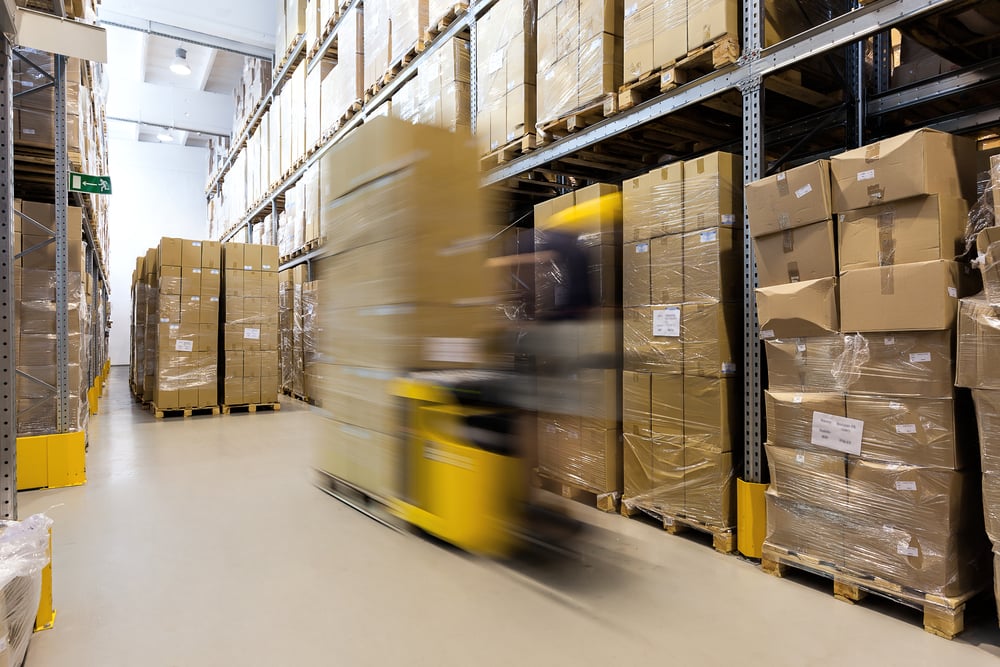
Fewer trips, lower fuel emissions
Right-sizing packaging cuts down on costs. Sustainability is an added benefit. Right-sized packaging can lower fuel emissions during transport, as it translates to fewer trips, whether by sea, road, or air.
For example, Amazon has combined design has used better design to reduce the weight of its packaging. The e-commerce giant has reduced its per-shipment packaging weight by 41% on average since 2015 6. Optimizing packaging is an equally effective strategy for traditional retail and transport packaging too.
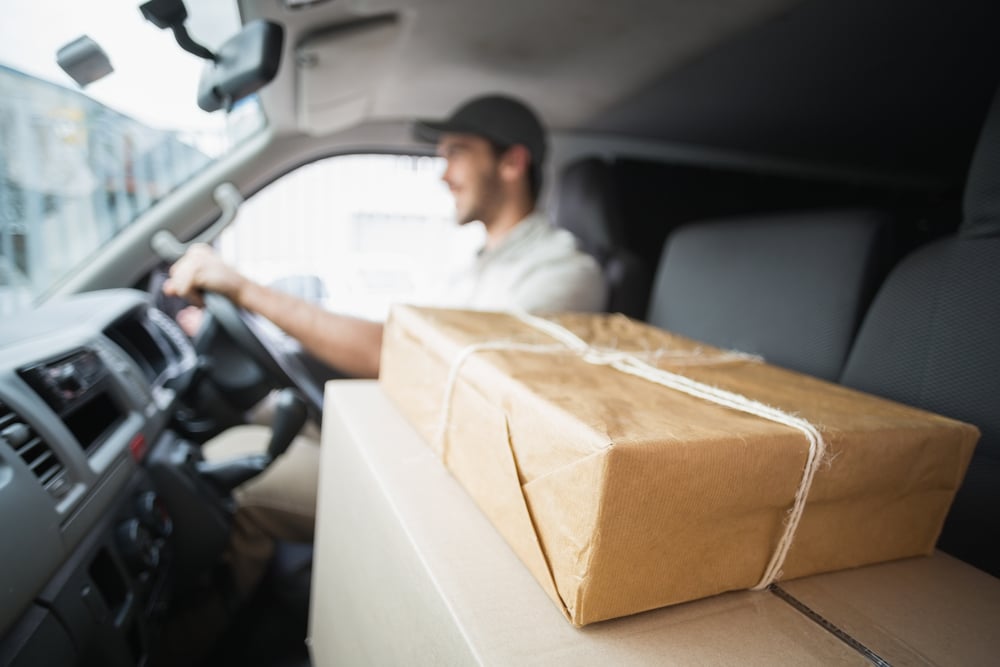
Optimize packaging to transport less air and more packages per container
Trillora Packaging Solutions helps apparel, footwear, sports and athletics, outdoor, and other types of global brands save money and reduce waste by identifying packaging improvement opportunities throughout the value chain. One of the first areas our engineers and designers look at when performing a packaging evaluation is the amount of empty space.
We help our customers save an average of 15% on their transportation costs by optimizing their packaging, increasing the number of packages per container and reducing the overall number of containers transported across the ocean. Discover savings hidden in your supply chain.
Sources:
- The Real Impact of High Transportation Costs, Supply Chain Xchange
- Distance, Density, Reconfiguring Packaging, Dr. NC Saha
- Getting Packaging Costs Down to Size, Inbound Logistics
- Can the Packaging Design Process Impact Dimensional Weight Fees and Your Bottom Line?, Parcel
- Keep your shipment packaging to the right-size, UPS
- Reducing Waste and Packaging, Amazon


